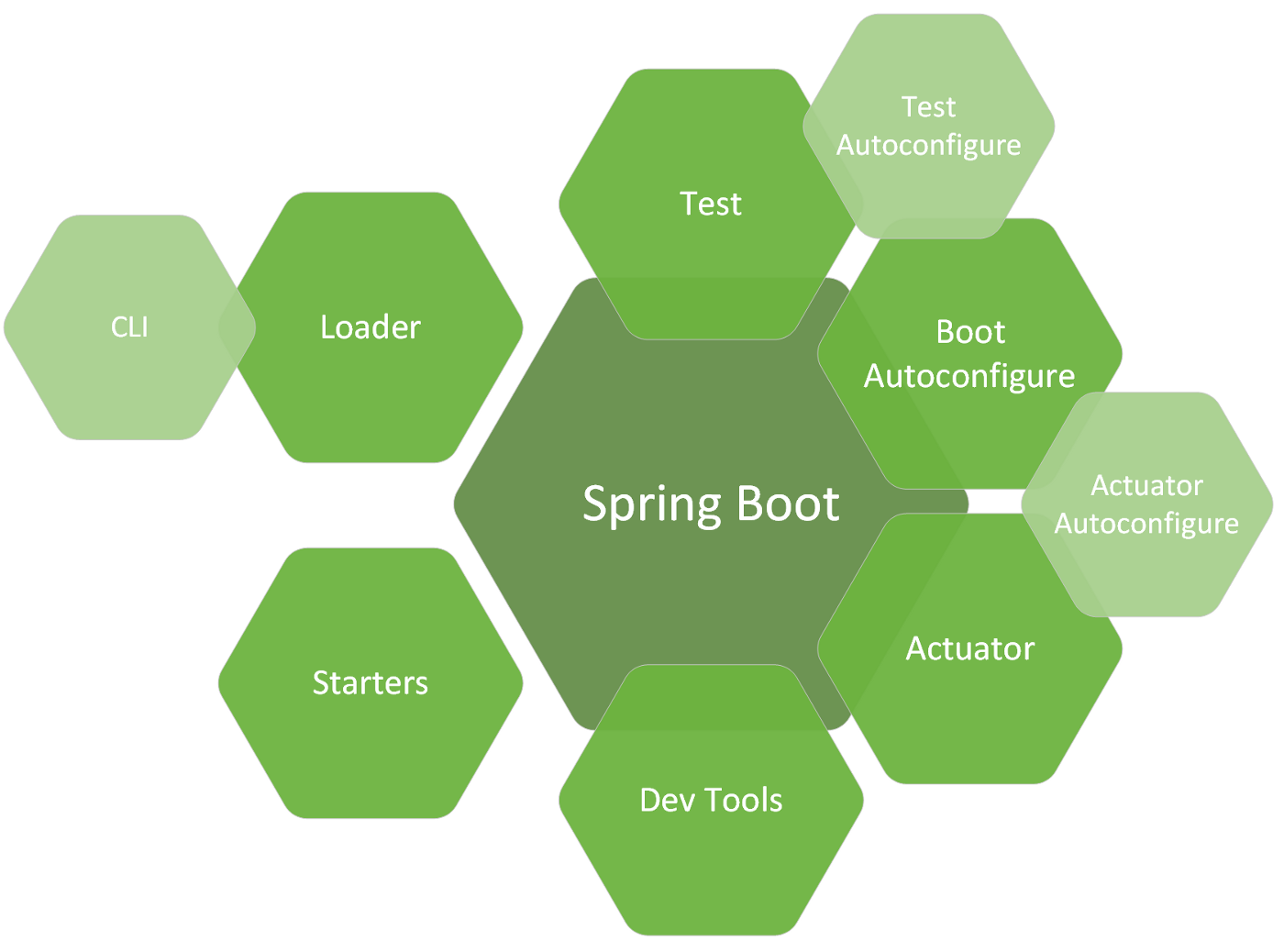Java SE, Java EE, Spring, and Spring Boot
Java is a widely used programming language known for its platform independence, reliability, and extensive ecosystem. Within the Java ecosystem, there are different frameworks and editions designed to address specific development needs. This article explains Java SE, Java EE, Spring, and Spring Boot in a clear and simple way.
1. What is Java SE?
Java SE (Standard Edition) is the core of the Java programming language. It provides the basic tools and libraries required to develop general-purpose applications. This edition is suitable for creating simple desktop applications, utilities, and basic client-server programs.
It includes essential features like object-oriented programming, data handling, networking, and multi-threading. Java SE is the foundation for all other Java technologies.
Use Cases:
• Desktop applications
• Small utilities
• Basic client-server systems
2. What is Java EE?
Java EE (Enterprise Edition) is an extension of Java SE that provides tools and libraries for building large-scale, enterprise-level applications. It is designed for complex systems requiring advanced features like database management, distributed computing, and web services.
Java EE supports multi-tier architecture, which separates different parts of the application (such as user interface, business logic, and database) to make them easier to manage and scale.
Use Cases:
• Enterprise-level applications
• Web applications and APIs
• Distributed systems
3. What is Spring?
Spring is a powerful framework for building Java applications. It simplifies complex tasks and promotes best practices like dependency injection and aspect-oriented programming. Unlike Java EE, Spring is more lightweight and flexible, making it popular for modern development.
Spring provides a variety of modules to handle different needs, such as data access, security, and messaging. It is known for its ability to integrate with other frameworks and tools seamlessly.
Use Cases:
• Web applications
• Microservices
• Data-driven applications
4. What is Spring Boot?
Spring Boot is an advanced framework built on top of the Spring ecosystem. It is designed to simplify and speed up Java application development. The main advantage of Spring Boot is that it reduces the need for manual configuration by providing default settings and automatic setup.
Main Features of Spring Boot:
1. Auto Configuration:
Spring Boot automatically configures components based on project dependencies. This reduces the time spent on boilerplate setup.
2. Standalone Applications:
Spring Boot applications come with an embedded server (such as Tomcat or Jetty), allowing you to run applications without external configurations.
3. Simplified Deployment:
Applications can be packaged as a single JAR or WAR file, making them easy to deploy on various environments like cloud services or traditional servers.
4. Microservices Support:
Spring Boot is widely used to create and manage microservices due to its lightweight structure and easy integration with modern tools.
5. Spring Boot Starter Packs:
These are pre-configured templates that help you quickly set up features like database access, messaging, and security without writing extra code.
Why Use Spring Boot?
• Reduces development time with built-in configurations.
• Simplifies deployment through standalone packages.
• Ideal for building microservices and REST APIs.
• Integrates easily with modern tools and cloud platforms.
Use Cases:
• Rapid development of microservices
• REST APIs and web applications
• Cloud-based and containerized applications
Summary
• Java SE is the core platform for general-purpose programming.
• Java EE is built on Java SE and is used for developing large-scale, enterprise applications.
• Spring is a flexible framework that simplifies Java development with modular tools.
• Spring Boot is an extension of Spring that offers a faster, more efficient way to build and deploy applications.
Spring Boot stands out by providing automatic configuration, standalone execution, and fast deployment, making it a preferred choice for modern software development. It allows developers to focus on writing business logic while handling most of the technical setup behind the scenes.

Comments
Post a Comment